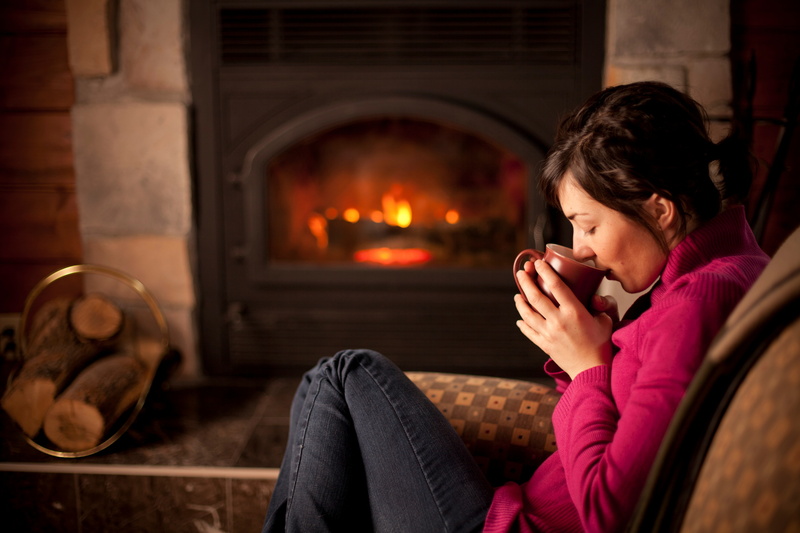Traditionally there are two different types of fireplace dampers.
Fireplace flue damper won t close.
One of the most pervasive causes of a stuck damper is rust often caused when rainwater enters the chimney through a faulty or nonexistent chimney cap.
Cevans chuck evans cmi trec 7657 september 6 2017 1 59pm.
Finally if the damper is missing replace it with a top damper so called because it installs at the top of the chimney.
Any damper that requires extra work to move is considered nonoperational and should be repaired.
The damper is a steel or cast iron door that opens and closes the throat of the firebox into the flue.
The damper in a gas fireplace should remain open all the time.
To be up to code all fireplaces must have a damper.
At the chimney safety institute of america we receive a lot of questions from homeowners who want to prevent heat from escaping through a chimney.
How to close the chimney flue.
Top dampers fit more tightly than most throat dampers.
The damper won t close tightly an open damper is the equivalent of an open window in the house allowing all the cold inside and the heat to escape outside.
They also come into contact and help stop any moisture or rainwater than makes its way down into the chimney or flue.
Often a damper becomes difficult to operate or sticks in one position.
Fireplace damper won t open or close.
A flue directs smoke outside of a home when a fireplace is in use.
This duct within your chimney includes a damper that can be opened or closed by a lever or pull.
Fireplace dampers can be subject to intense heat from fires and also have to deal with any smoke soot and ash that pass through them.
A drafty room is a good indication that the damper isn t closing into the proper position.
A cable running down the chimney to the firebox allows you to open and close the damper.
A functional damper opens and closes easily just by using the handle or lever.

